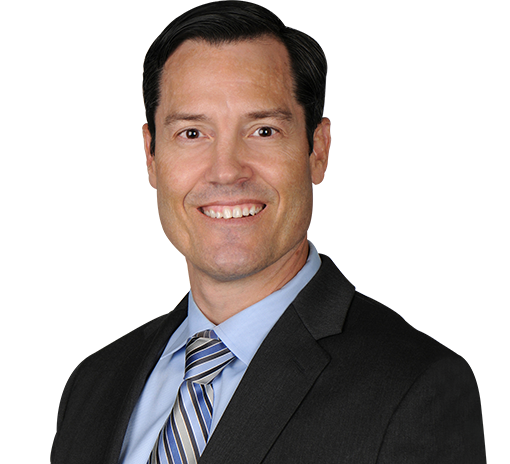Pitching Pain
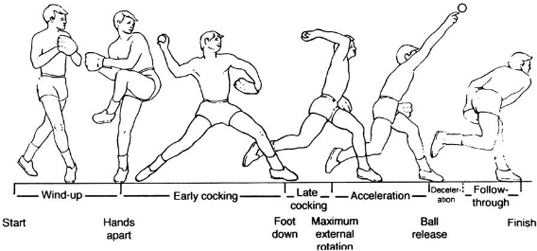
Numerous parts of the shoulder are utilized and strained while throwing: the rotator cuff, the glenoid, the ligaments, the labrum, and the biceps. The biomechanics of pitching or throwing has roughly 6 stages, all of which impact the arm in a different way, and may result in pain or injury following overuse.
|
Stage |
Description |
Injury Potential |
|
Wind up |
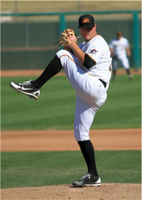
|
Rarely a cause of injury |
|
Early Cocking |
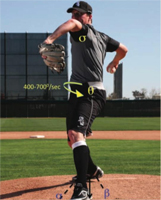
|
Shoulder stiffness can result in over and under trunk rotation, creating back or hip pain |
|
Late Cocking |
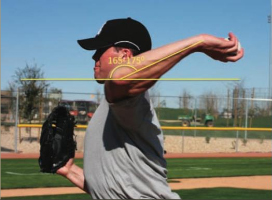
|
Pain during this stage of throwing is frequently related to problems with the ulnar collateral ligament (UCL) or an anterior labral tear |
|
Acceleration Phase |
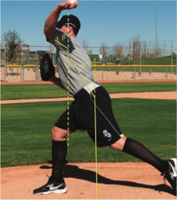
|
UCL pain typically present during this phase Pain may also result from early arthritis in the back of the elbow |
|
Deceleration Phase |
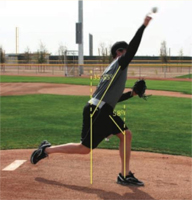
|
SLAP tears and posterior labral tears are problematic during this phase |
|
Follow-Through |
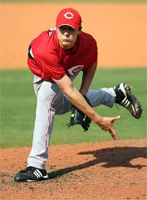
|
Unlikely culprit of injury |

